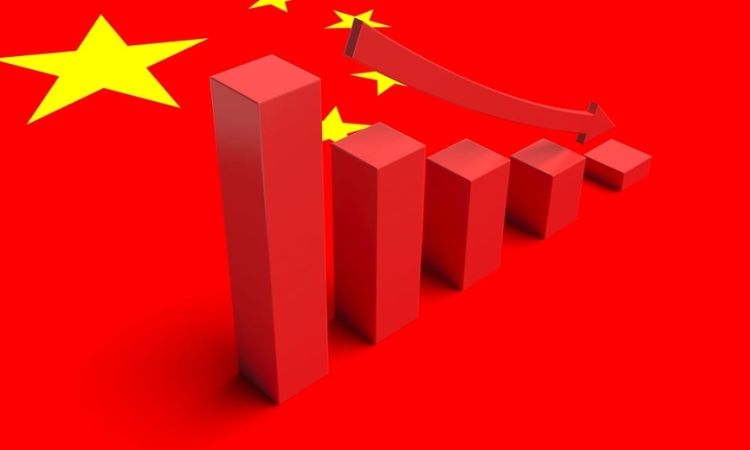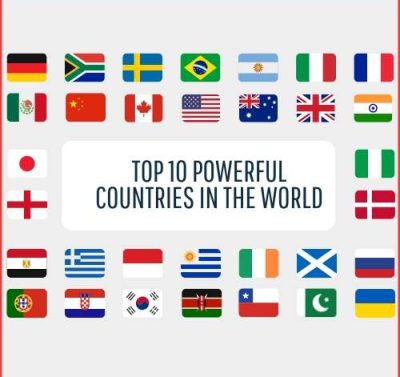Asia’s factory activity shrank in July, as shown by private surveys, signaling a slowdown in global growth and the impact of China’s weakening economy on the region’s fragile recovery. Policymakers face challenges in controlling inflation with tight monetary policies while dealing with potential headwinds from a recession in China, the world’s second-largest economy. Japan, South Korea, Taiwan, and Vietnam witnessed a contraction in manufacturing activity in July. The surveys indicate that sluggish Chinese demand is putting strain on the region’s economies.

China’s Caixin/S&P Global manufacturing purchasing managers’ index (PMI) fell to 49.2 in July from 50.5 in June, missing analysts’ forecasts and marking the first decline since April. This decline aligns with the government’s official PMI data, raising challenges for policymakers trying to revive momentum in China’s post-COVID recovery. Manufacturing PMIs remained in contractionary territory across most of Emerging Asia in July, with bleak employment prospects and falling new orders. These factors, coupled with high inventory levels, indicate subdued factory activity in the coming months.
Japan’s final au Jibun Bank PMI fell to 49.6 in July due to weak domestic and overseas demand, reflecting the challenging economic conditions. South Korea’s PMI stood at 49.4 in July, indicating a contraction. Although it improved from June’s figures, it remains below the 50 threshold that separates growth from contraction. Taiwan’s manufacturing PMI declined to 44.1 in July, while Vietnam’s PMI rose to 48.7. Both economies face challenges from China’s slowdown but exhibit different manufacturing trends.
India’s manufacturing activity slowed for a second month, but it continued to expand at a healthy pace, surpassing expectations and adding a positive note to the Asian economy. Asia has been one of the few bright spots in the global economy, but China’s slowdown clouds the region’s outlook. Policymakers need to navigate carefully to sustain growth while addressing the challenges posed by China’s economic weakness.
The International Monetary Fund (IMF) projects that emerging Asia’s economic growth will accelerate to 5.3% in the current year, up from 4.5% in 2022. It also expects China’s economy to expand by 5.2% in 2023 after a 3.0% increase in the previous year.
Asia’s manufacturing sector faced headwinds in July, with several countries witnessing a contraction in activity due to slowing global growth and China’s economic weakness. Policymakers must carefully balance monetary policies to control inflation and stimulate growth while tackling the challenges posed by a potential recession in China. The IMF’s forecasts indicate optimism for emerging Asian economies, but uncertainties persist, and the region’s resilience remains crucial in navigating the turbulent global economic landscape.















